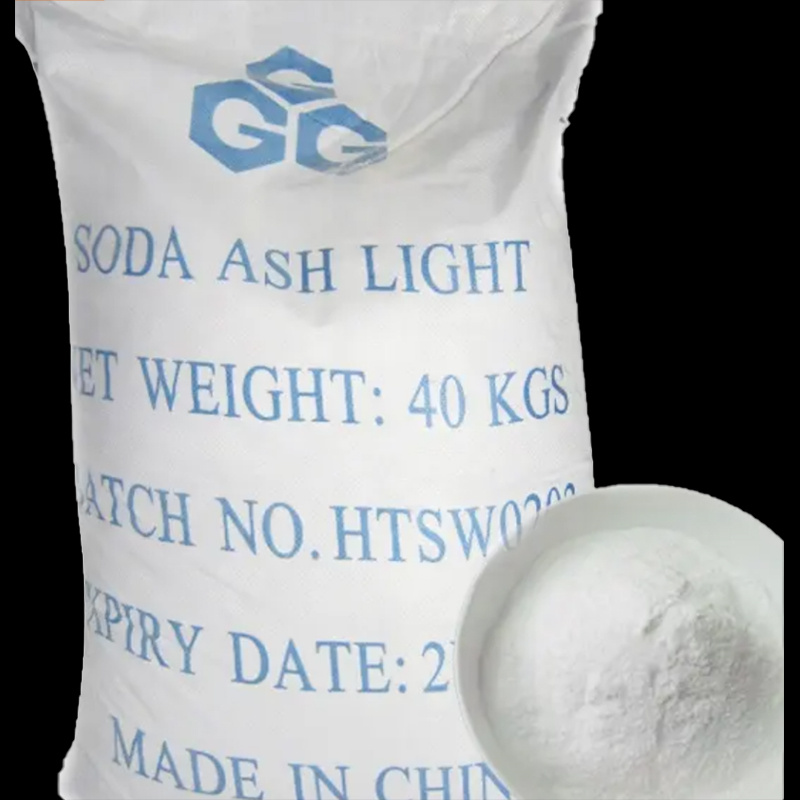Sodium Carbonate For Glass Industrial
Technical Index
| Items | Unit | Standard | Result |
| Appearance | White crystalline odorless solid or powder | ||
| Na2co3 | % ≥ |
99.2 |
99.2 |
| Whiteness | % ≥ | 80 | - |
| Chloride | % ≤ | 0.7 | 0.7 |
| PH value | 11-12 | - | |
| Fe | % ≤ | 0.0035 | 0.0035 |
| Sulphate | % ≤ | 0.03 | 0.03 |
| Water insoluble | % ≤ | 0.03 | 0.03 |
| Bulk density | G/ML | - | 0.9 |
| Particle size | 180um sieve | - | ≥70% |
Usage
One of the main uses of sodium carbonate is in the production of flat glass, glassware and ceramic glazes. When added to the manufacturing process, it acts as a flux, lowering the melting point of the elements in the mixture and promoting the formation of a smooth, uniform glass surface. This makes it an essential component in the manufacture of high-quality glassware, windows and even optical lenses. In the ceramic industry, sodium carbonate is used as a flux to improve the texture of glazes and ensure proper adhesion to the surface of ceramic products.
In addition to its contributions to the glass and ceramics industries, sodium carbonate has widespread applications in household cleaning, acid neutralization, and food processing. Because of its alkalinity, it is often used as a detergent, especially washing powder and dishwashing powder. Its ability to neutralize acids makes it an effective ingredient in a variety of cleaning products, ensuring a thorough, hygienic cleaning experience. Sodium carbonate is also widely used in the food industry as a food additive to adjust pH, enhance food texture and leavening agent.
In conclusion, sodium carbonate is a versatile and indispensable compound that is used in many industries and in everyday life. Its chemical properties make it ideal for a variety of applications, from glass and ceramic production to household cleaning and food processing. With its wide availability and affordability, sodium carbonate remains a vital component of various businesses and consumers across the globe. Consider incorporating this remarkable substance into your craft to reap its benefits and increase the quality and efficiency of your products.













